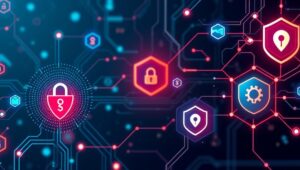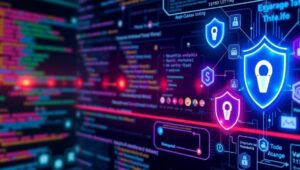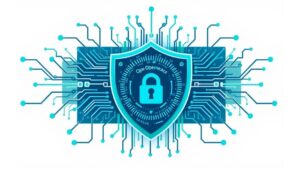May 27, 2025
The Role of Developers in Incident Response (2025)
The Evolving Role of Developers in Incident Response (2025) In 2025, the landscape of incident response has dramatically shifted, placing developers at the forefront of cybersecurity strategies. This evolution stems from the increasing complexity of modern applications, the rise of DevSecOps, and the critical need for rapid, code-level understanding during security incidents. Let’s delve into the expanded responsibilities and essential skills developers now require in this dynamic environment. From Code Writers to Security Guardians Traditionally, developers focused primarily on feature development and bug fixes. Security was often an afterthought, handled by specialized security teams. However, the speed of modern software












